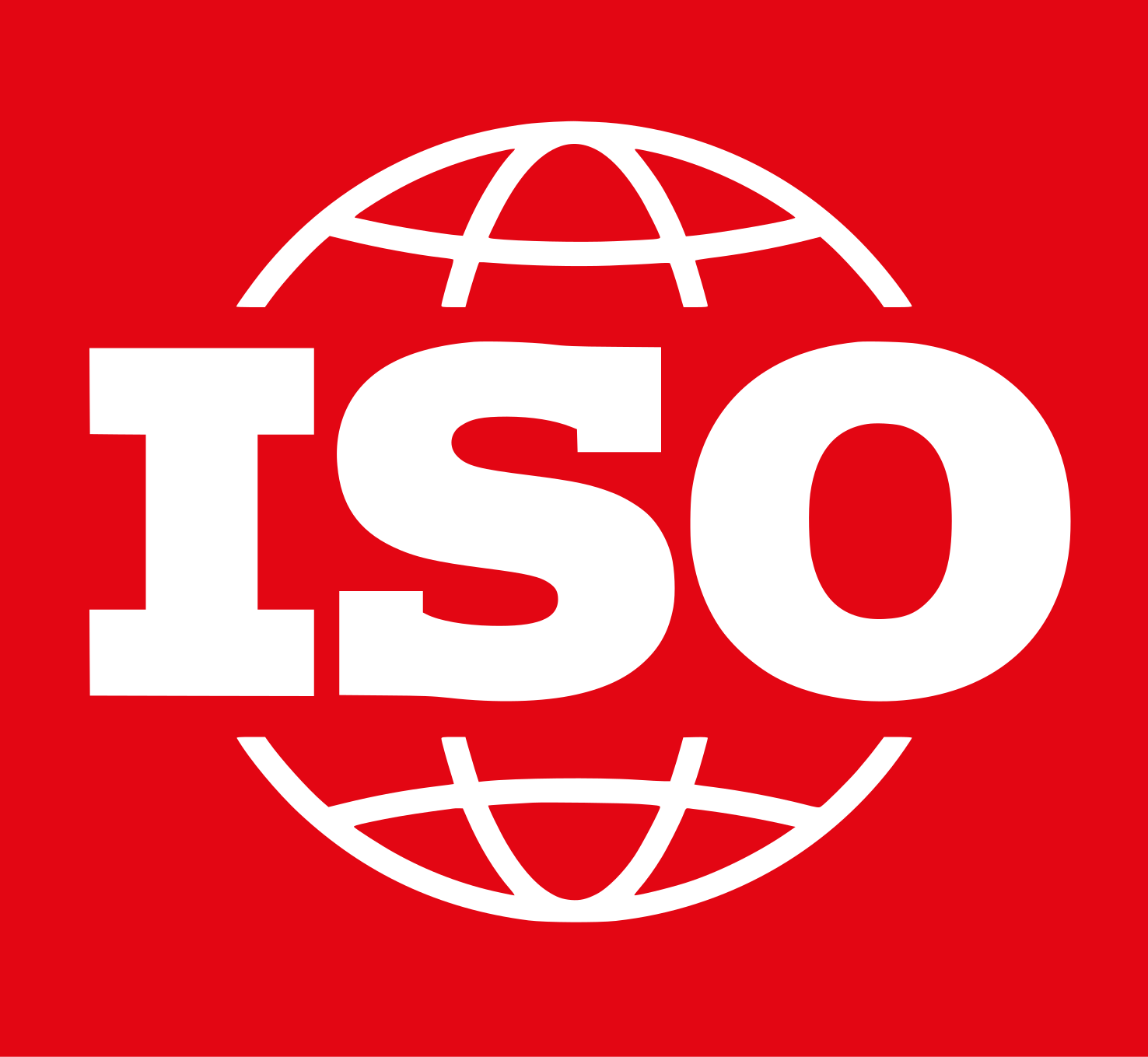Processes, data elements and documents in commerce, industry and administration - Long term signature profiles - Part 1: Long term signature profiles for CMS Advanced Electronic Signatures (CAdES)
This document specifies the elements, among those defined in CMS digital signatures and CAdES digital signatures that enable verification of a digital signature over a long period of time.
It does not give new technical specifications about the digital signature itself, nor new restrictions of usage of the technical specifications about the digital signatures which have already existed.
NOTE CAdES digital signature is the extended specification of Cryptographic message syntax (CMS), used widely.
